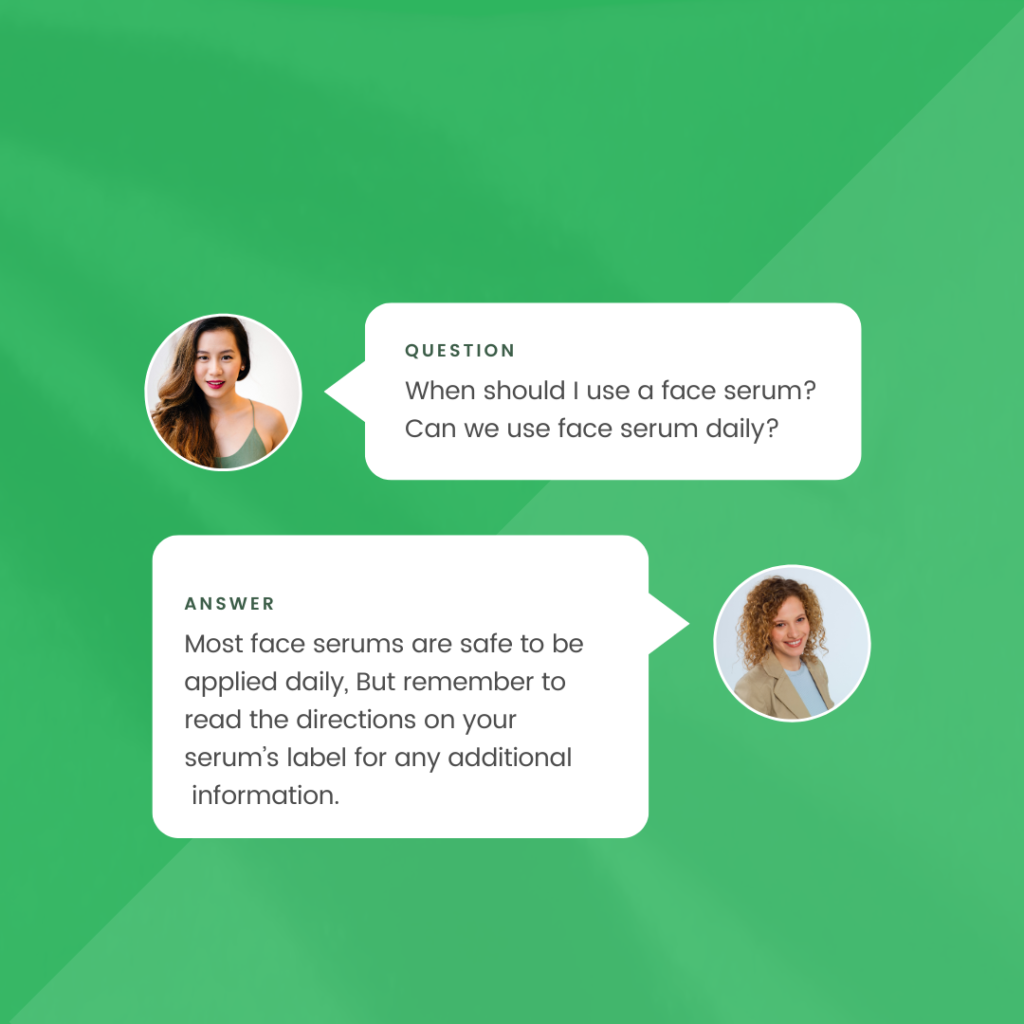Sensation and perception
Introduction
Sensation and perception are fundamental processes that allow us to experience and interpret the world around us. Sensation involves detecting physical stimuli from the environment, while perception is the process of organizing and interpreting these sensory inputs to make sense of our surroundings.
Basics of Sensation
Definition
Sensation is the process by which our sensory receptors and nervous system receive and represent stimulus energies from our environment.
Sensory Receptors
Sensory receptors are specialized cells that detect and respond to specific types of stimuli, such as light, sound, touch, taste, and smell.
Types of Sensation
- Vision: Detection of light and color through the eyes.
- Hearing: Detection of sound waves through the ears.
- Taste: Detection of chemical substances in food through taste buds.
- Smell: Detection of airborne chemical substances through the olfactory system.
- Touch: Detection of pressure, temperature, and pain through the skin.
Basics of Perception
Definition
Perception is the process of organizing and interpreting sensory information to understand and interact with the environment.
Perceptual Processes
Perceptual processes involve selecting, organizing, and interpreting sensory information. These processes help us recognize objects, events, and patterns.
Factors Influencing Perception
- Attention: Focusing on specific stimuli while ignoring others.
- Past Experiences: Previous knowledge and experiences shape perception.
- Expectations: What we expect to perceive can influence what we actually perceive.
Sensory Pathways
Vision
The visual system detects light through the eyes, which is then processed by the brain to create visual images.
Hearing
The auditory system detects sound waves through the ears, which are then interpreted by the brain as sounds.
Taste
The gustatory system detects chemical substances in food through taste buds on the tongue.
Smell
The olfactory system detects airborne chemical substances through receptors in the nose.
Touch
The somatosensory system detects pressure, temperature, and pain through receptors in the skin.

Thresholds in Sensation
Absolute Threshold
The absolute threshold is the minimum intensity of a stimulus that can be detected 50% of the time.
Difference Threshold
The difference threshold, or just noticeable difference (JND), is the minimum difference between two stimuli that can be detected.
Signal Detection Theory
Signal detection theory examines how we detect stimuli under uncertain conditions, accounting for both the intensity of the stimulus and the decision-making processes of the observer.
Processing Sensory Information
Bottom-Up Processing
Bottom-up processing involves building up from the smallest pieces of sensory information to form a complete perception.
Top-Down Processing
Top-down processing involves using prior knowledge and expectations to interpret sensory information.
Vision
Structure of the Eye
The eye’s main structures include the cornea, lens, retina, and optic nerve, each playing a crucial role in focusing light and transmitting visual information to the brain.
Visual Pathways
Visual information is transmitted from the retina to the brain via the optic nerve, passing through the thalamus to the visual cortex.
Color Perception
Color perception is facilitated by photoreceptors in the retina called cones, which are sensitive to different wavelengths of light.
Depth Perception
Depth perception involves using visual cues to determine the distance and three-dimensional structure of objects.
Hearing
Structure of the Ear
The ear consists of the outer ear, middle ear, and inner ear, each part playing a role in capturing and transmitting sound waves.
Auditory Pathways
Sound waves are converted into neural signals in the cochlea and transmitted to the brain via the auditory nerve.
Pitch Perception
Pitch perception involves detecting the frequency of sound waves, with higher frequencies perceived as higher pitches.
Sound Localization
Sound localization is the ability to determine the direction and distance of sounds.
Taste and Smell
Gustatory System
The gustatory system detects chemical substances in food through taste buds on the tongue, which transmit information to the brain.
Olfactory System
The olfactory system detects airborne chemical substances through receptors in the nose, which send signals to the brain’s olfactory bulb.
Flavor Perception
Flavor perception is a combination of taste and smell, contributing to the overall experience of eating.
Touch and Pain
Somatosensory System
The somatosensory system detects pressure, temperature, and pain through receptors in the skin.
Pain Perception
Pain perception involves the detection of harmful stimuli and the brain’s interpretation of these signals as pain.
Gate Control Theory
Gate control theory suggests that the spinal cord contains a “gate” that either blocks or allows pain signals to pass to the brain.
Perceptual Organization
Gestalt Principles
Gestalt principles describe how we organize visual elements into groups or unified wholes, such as figure-ground, proximity, similarity, and closure.
Figure-Ground Perception
Figure-ground perception is the ability to distinguish an object (the figure) from its background (the ground).
Depth and Motion Perception
Depth perception involves using visual cues to perceive three-dimensional structure, while motion perception allows us to detect movement in the environment.
Perceptual Constancies
Size Constancy
Size constancy is the perception of an object as having a constant size, despite changes in the distance from which it is viewed.
Shape Constancy
Shape constancy is the perception of an object as having a constant shape, even when its orientation changes.
Color Constancy
Color constancy is the perception of an object as having a consistent color, even under varying lighting conditions.
Influence of Experience and Culture
Perceptual Set
Perceptual set is the tendency to perceive things in a certain way based on expectations and prior experiences.
Cultural Differences in Perception
Cultural background can influence how we perceive and interpret sensory information, leading to variations in perception across different societies.
Common Disorders of Sensation and Perception
Color Blindness
Color blindness is the inability to perceive certain colors, typically due to the absence or malfunction of specific photoreceptors in the retina.
Hearing Loss
Hearing loss can result from damage to the structures of the ear or the auditory pathways, affecting the ability to detect and interpret sounds.
Sensory Processing Disorder
Sensory processing disorder is a condition where the brain has difficulty receiving and responding to sensory information, leading to challenges in daily functioning.
Future Directions in Sensation and Perception Research
Emerging Technologies
Emerging technologies, such as advanced imaging techniques and virtual reality, are providing new insights into how we process sensory information.
Interdisciplinary Approaches
Combining research from neuroscience, psychology, and cognitive science can lead to a more comprehensive understanding of sensation and perception.
Potential Advances
Future research may uncover new ways to enhance sensory processing, treat sensory disorders, and improve our overall understanding of perception.
Key Concepts in Sensation and Perception
| Concept | Definition |
|---|---|
| Absolute Threshold | The minimum intensity of a stimulus that can be detected 50% of the time. |
| Difference Threshold | The minimum difference between two stimuli that can be detected. |
| Bottom-Up Processing | Building up from the smallest pieces of sensory information to form a complete perception. |
| Top-Down Processing | Using prior knowledge and expectations to interpret sensory information. |
| Gestalt Principles | Principles that describe how we organize visual elements into groups or unified wholes. |
FAQs
What is the difference between sensation and perception?
Sensation is the process of detecting physical stimuli from the environment, while perception is the process of organizing and interpreting these sensory inputs to understand our surroundings.
How do sensory thresholds impact our ability to detect stimuli?
Sensory thresholds, including the absolute threshold and difference threshold, determine the minimum intensity of a stimulus that can be detected and the minimum difference between stimuli that can be perceived, respectively.
What role do top-down and bottom-up processing play in perception?
Bottom-up processing involves building perceptions from individual sensory inputs, while top-down processing uses prior knowledge and expectations to interpret sensory information.
How do Gestalt principles influence our perception of visual elements?
Gestalt principles describe how we naturally organize visual elements into groups or unified wholes, helping us make sense of complex visual scenes.
Conclusion
Sensation and perception are fundamental processes that enable us to experience and interpret the world around us. Understanding these processes provides valuable insights into how we interact with our environment and navigate daily life. Ongoing research in this field continues to enhance our knowledge, offering potential applications for improving sensory processing and treating sensory disorders.
